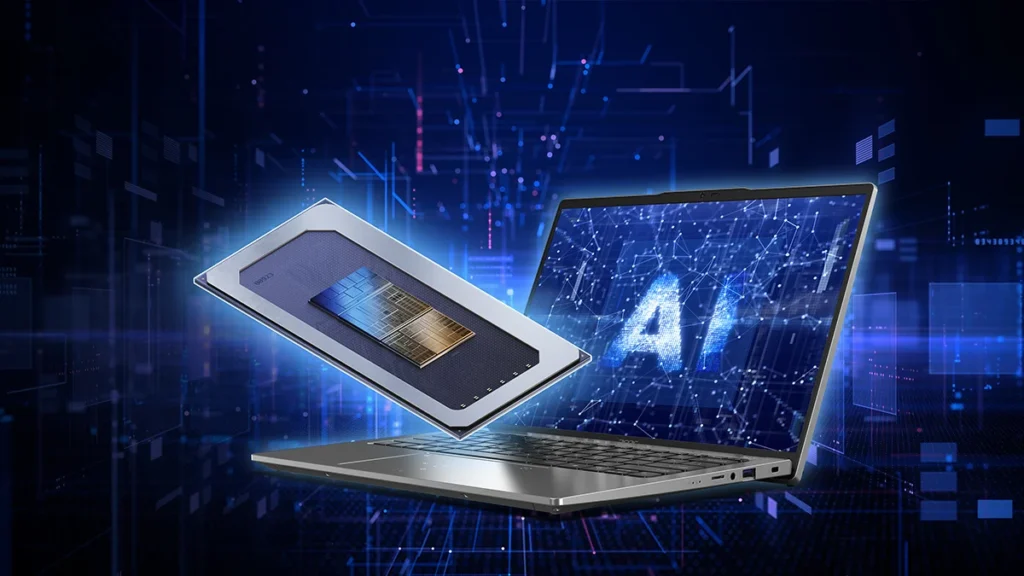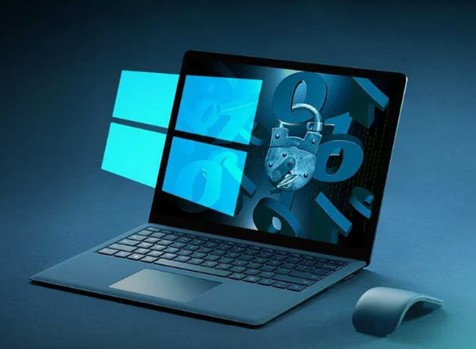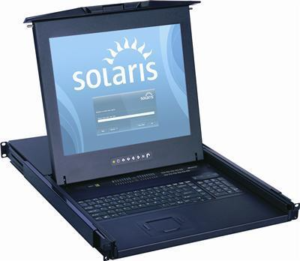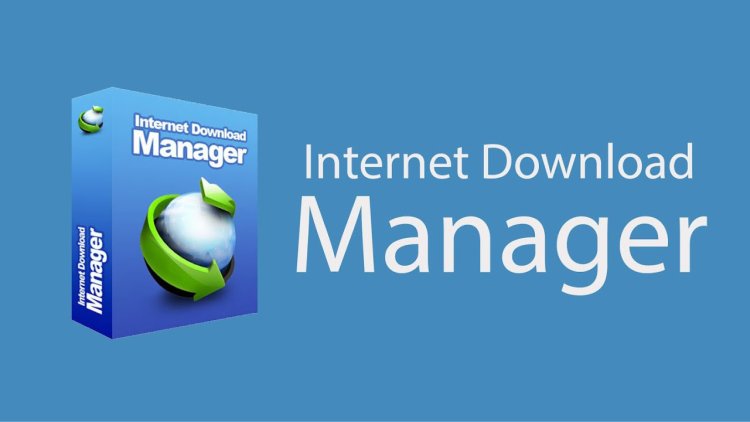
We are living in an AI era of computing where almost every device, and every gadget comes equipped with various AI features. In the past few years, AI smart laptops have gained immense popularity due to their advanced hardware, software, and user experience.
You might not know but the global shipments of AI PCs are expected to surpass 114 million in 2025 with a massive jump of 165.4% from the last year.
AI PCs offer a whole new user experience, transforming the way how we used to interact with computing devices. For example: Windows OS, one of the widely used operating systems largely benefits through advancements in AI creating a smarter, much more efficient computing experience.
In this write-up, we will discuss some ways how AI is enhancing the Windows OS making it more efficient for work and play.
Let’s start!!
Boosting Windows OS Efficiency with AI
When talking AI PCs such as a smart laptop, it is equipped with advanced machine learning algorithms that fuel computational power in your systems. They come with specialised chips that work in tandem to enhance the performance of the Operating system by managing resources automatically for a better user experience.

Some of the main ways AI enhances working on Windows OS include:
1. Improved Performance and Resource Management
The performance of an AI-driven smart laptop undergoes constant real-time system evaluation through smart algorithms. The dynamic allocation of system resources is achieved through analysis of CPU, GPU, memory consumption as well and power usage by AI systems which leads to maximum efficiency.
Windows OS leverages collected power usage data to enhance its power management capabilities which results in constant system stability during all system operations.
Key Features:
- AI laptops use Dynamic Power Tuning to give you better performance together with increased battery life depending on your current needs.
- Moreover, AI systems determine active applications through task prioritization thus executing tasks requiring extensive resources at faster speeds.
2. Smarter User Interface
The Windows operating system receives important AI improvements that deliver substantial UI benefits to users. The system develops personalization by learning what its user interacts with frequently and offers recommended content targeted specifically to their preferences.
Through artificial intelligence, the operating system identifies upcoming file demands of users and automatically showcases them in the taskbar or Start Menu display.
Key Features:
- AI tracks usage patterns to present users with relevant recommendations for apps documents and files that support their work.
- Similarly, the user interface screens adapt in real-time according to how users interact to ensure better navigation and enhanced user intuition.
3. Voice and Virtual Assistant Capabilities
Cortana represents one of Windows OS’s primary traits since Microsoft offers this virtual assistant as part of its operating system. The AI-powered Cortana service makes web searches along with reminder creation and calendar management possible through its smart design. It assists smart laptops in delivering superior voice recognition features together with an improved assistant response system.
You might not know but Windows accounts for more than 72% of the overall desktop operating system market share.
Key Features:
- Artificial Intelligence through Natural Language Processing enhances the assistant by letting it understand complex commands yet respond like a natural human being.
- Additionally, Cortana proactively suggests tasks from your schedule and mail content to help users plan their day effectively.
Image Source: Yandex.com
4. Enhanced Security Features
Security improvements powered by AI represent a major development dimension within the Windows operating system architecture. The operating system detects threats in real time by using technologies included in Windows Defender.
These devices implement biometric protection features such as facial recognition along with fingerprint scanning because their AI learning models improve their effectiveness with time.
Key Features:
- Security breaches receive detection from continuous AI analysis of patterns.
- The combination of AI technology with facial recognition and fingerprint scanning provides users with extremely secure access through authentication systems.
5. AI-Powered Battery Optimization
Laptop batteries require optimal management which becomes possible because of AI technologies. AI-powered PCs such as smart laptops use user behavior patterns to optimize their power consumption levels. The system actively distributes power to the display area when you watch videos by decreasing power consumption in unimportant system components.
Key Features:
- The system modulates power settings through AI algorithms according to what users are currently doing in order to maximize battery duration.
- Moreover, Through AI technology-enabled systems can maintain optimal battery charging cycles that guarantee extended battery lifespan.
Conclusion
Artificial Intelligence is completely transforming the face of personal computing by offering Windows OS-enhanced features that once seemed impossible. From improved AI performance to offering seamless user interfaces, AI-powered operating systems are making our systems faster, more efficient, and much more personalised than ever.
As AI continues to grow, we can expect more such advances in Windows OS to transform the way how we used to accomplish our daily tasks.
Be ready to experience an AI-powered era of operating systems that is much more than just personalising user experiences.






